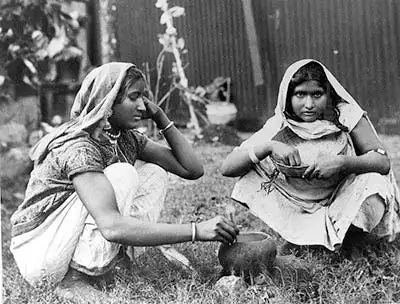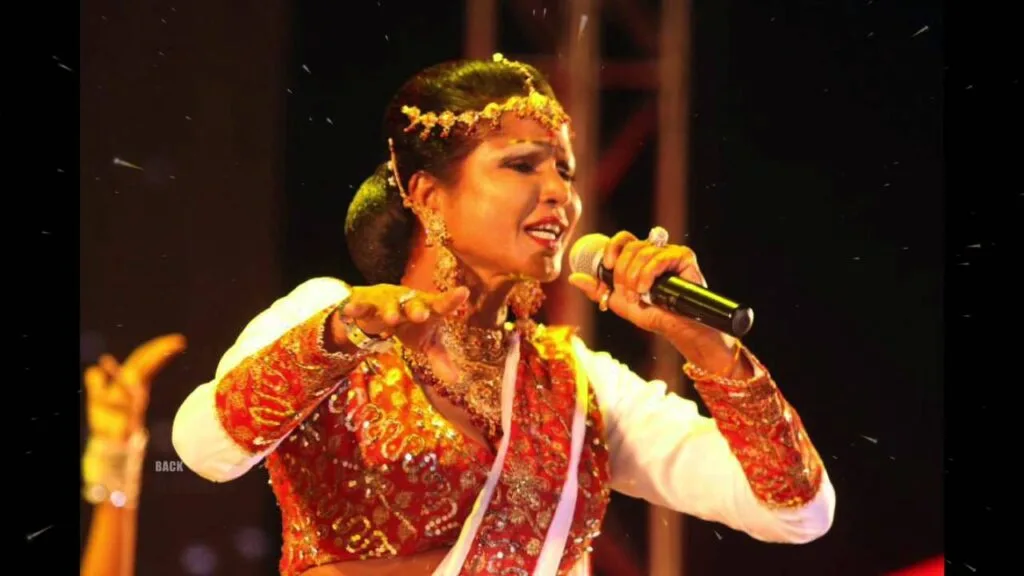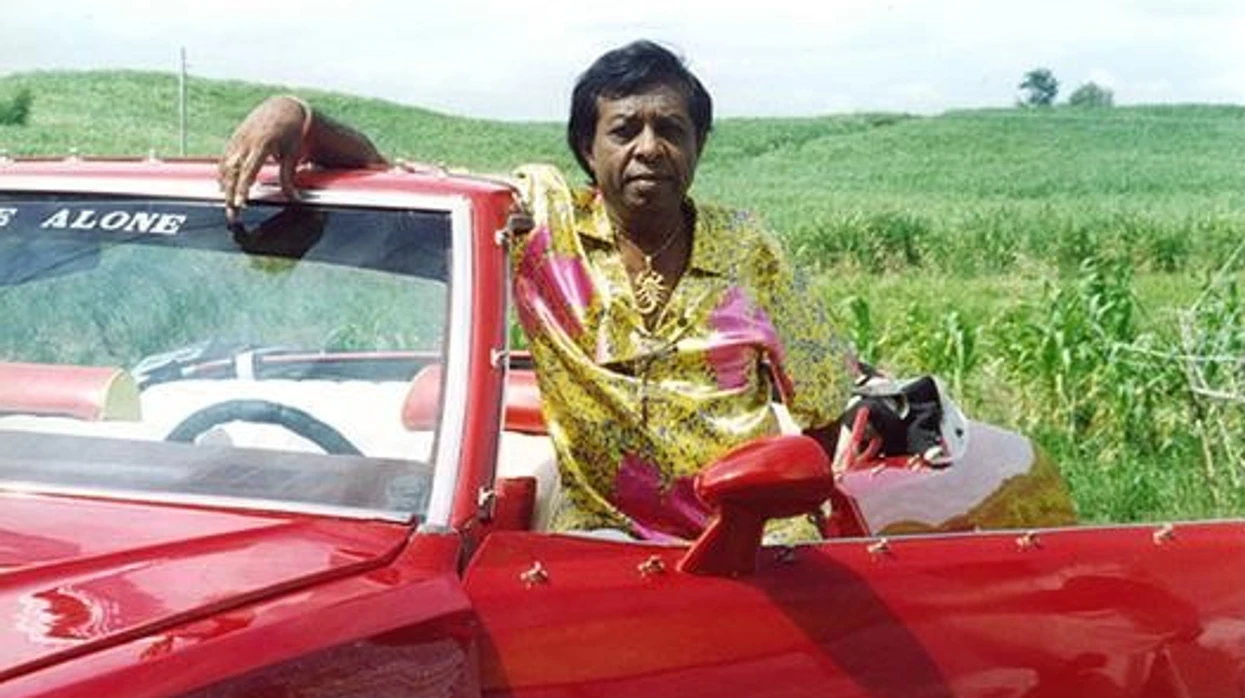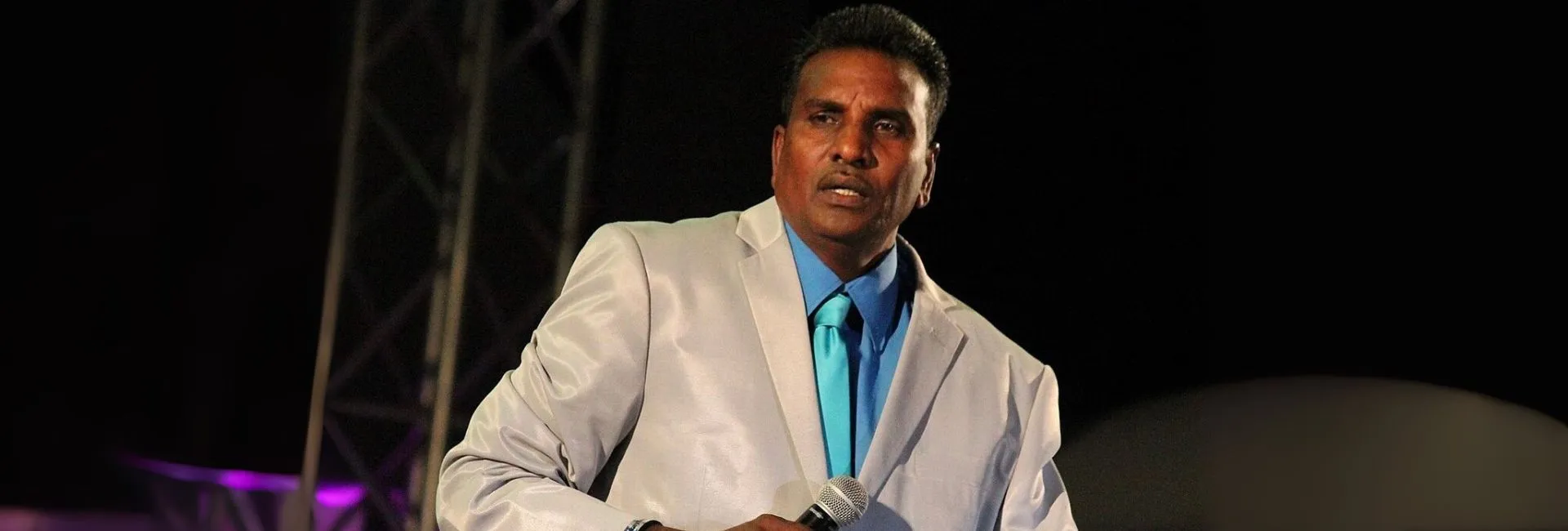(July 11, 2025) In a village in central Trinidad, the night comes alive with the beat of the dholak drum and the sharp ring of the dhantal. The crowd moves and cheers as Rakesh Yankaran – known as “The Raja” – begins a lively chutney song. Bhojpuri lyrics blend smoothly with Trinidadian Creole, all set to a fast soca rhythm. People of all ages and backgrounds dance together. It’s a powerful reminder of how chutney music has grown – from the folk songs brought by Indian indentured laborers in the 1800s to a joyful genre that now brings communities together across Trinidad and Tobago.
From Bihar to the Cane Fields: Songs of the Jahaji Bhai
Chutney music’s story begins in the 19th century, when tens of thousands of Indians – many from Bihar and Eastern Uttar Pradesh – crossed the oceans to work on Caribbean sugar plantations. Between the 1840s and early 1900s, some 140,000 Indians arrived in Trinidad alone as indentured laborers, seeking new lives after the abolition of slavery. These migrants, known as “jahaji bhai” (ship brothers), were largely Bhojpuri-speaking villagers who brought little in the way of material goods, but they did carry rich traditions – especially their music.

Indentured Labourers in Trinidad and Tobago
On the sugar plantations of Trinidad, Indian labourers held on to their folk songs as a way to stay connected to home. It was mostly the women who kept these traditions alive, singing Bhojpuri wedding songs during matikoor — the lively nights of music and dance before a wedding. They sang soft birha (separation) songs about cowherds, energetic chowtal at Phagwa (Holi), and gentle sohars to welcome a newborn. A wide range of North Indian songs—like thumri, chaiti, kajri, sohar, and barahmasa—traveled from rural Bihar to Trinidad. As cultural writer Malini Nair points out, these songs naturally changed over time, blending with local Caribbean rhythms to fit life in the cane fields.
In the beginning, Indo-Trinidadians played their music in private—inside small wooden huts on the sugar estates or at community gatherings. Most of the songs were devotional or linked to important life events. The early form of chutney music was born in these close-knit settings. As one historian explains, Indian melodies “went from homes, to weddings, to radio, records, and finally the stage… Chutney music is fast, saucy, danceable, a happy mix of Bhojpuri and Creole influences. You can hear elements of calypso, soca and reggae; the sounds of the dholak and harmonium mixing with the steelpan and the guitar.” What started as folk tunes from Indian villages slowly picked up Caribbean flavour, turning into the spicy and energetic music now known as chutney.
From Wedding Tent to Center Stage
By the mid-1900s, the children and grandchildren of the first Indian settlers were shaping their own Indo-Trinidadian identity. Many still spoke a form of Hindi at home, but English and Caribbean Creole were becoming more common. “Our ancestors spoke Bhojpuri but they didn’t pass that on to us,” says musician Avirodh Sharma, whose family came to Trinidad 180 years ago. Even though the language was fading, the music remained strong. It held onto words and lines that younger generations couldn’t always understand, but still felt connected to. Through these songs, India lived on in their hearts—kept alive by melodies and Hindi phrases, even as their daily lives were rooted in the Caribbean.
It wasn’t until the 1960s that the folk music truly stepped out from the wedding tent into the public arena. At first, informal chutney dances started to appear, where singers performed lively folk songs with the beat of the dholak, the harmonium, and the sharp clang of the dhantal. These shows brought together people from different backgrounds. Around this time, the music got its name. Trinidadian singer Sam Boodram once shared that when other musicians asked what to call this energetic new Indian-Caribbean music, he thought of chutney—the spicy, mixed-up Indian condiment—and said, “Let’s call it chutney.” The name stuck, and it fit perfectly.

Experts say chutney music isn’t just a copy of the old songs from Bihar — it’s a fresh take on those folk styles, shaped by life in the Caribbean. The rhythms became faster, the lyrics mixed Hindi with local English, and the songs added fun, everyday themes alongside religious ones. But at its heart, the music kept its spirit of celebration. Cultural scholar Peter Manuel pointed out that many Bhojpuri songs that might have faded away in India found a second life in Trinidad. Some stayed true to the original, others changed with time, but all of them thrived in their own way in the diaspora.
The King of Chutney: Sundar Popo’s Revolution
Chutney music stepped into the spotlight in 1969, thanks to a young singer from south Trinidad named Sundar Popo. Born Sunilal Popo Bahora in a small village, Sundar grew up watching his parents sing folk songs at weddings. “I was the best dancer in the country,” he once said, remembering how he joined their group as a child. One night at a matikhor bridal party, a music promoter noticed his talent. That moment led to the recording of a catchy song called Nana and Nani.
The song—a playful story about a grandfather who drinks rum and a grandmother who sips wine—was an instant hit. People from all walks of life in Trinidad loved its catchy tune and the fun mix of languages. In “Nana and Nani,” Sundar Popo sang Bhojpuri lines alongside English ones and paired the lyrics with a lively calypso-style rhythm, using tassa drums and the dholak. It was something totally new for Caribbean radio. Sundar’s unique blend of styles changed Indo-Caribbean music forever and turned chutney into a popular, mainstream genre.

Sundar Popo
After Sundar Popo’s big success, chutney music quickly spread beyond the Indo-Trinidadian community. He became known as the “King of Chutney” and released many hits in the 1970s, including Pholourie Bina Chutney Kaise Bani (“How Can You Make Pholourie Without Chutney?”). The song blended Hindi folk lines with English lyrics about life in Trinidad, even including a line from a nursery rhyme. The words mentioned popular Indian snacks like pholourie and chutney, local villages like Sangre Grande, and items from plantation life—creating a smart mix that reflected Indo-Trinidadian history. By combining Indian wedding melodies with everyday Caribbean life, Sundar Popo proved that you could be both proudly Indian and truly Trinidadian—through music.
Chutney Meets Soca: The 1980s Fusion and Beyond
By the 1980s, chutney music had become a big part of Trinidad and Tobago’s music scene—and it was about to change again. While the Afro-Creole community had long enjoyed calypso and the high-energy soca music of Carnival, a bold new voice stepped in. Drupatee Ramgoonai, an Indo-Trinidadian singer, mixed chutney with soca’s upbeat style. In 1987, she released “Chatnee Soca” and a new fusion genre was born. With booming bass, lively brass, and Drupatee’s sharp Hindi choruses, songs like “Roll Up de Tassa” brought Indian rhythms to the Carnival stage and got the whole nation dancing.
Drupatee soon earned the title “Queen of Chutney” for making this new mix of chutney and soca popular. She brought traditional instruments like the dholak and dhantal to the big Carnival stage. As Drupatee and other artists sang Hindi lyrics over soca beats, chutney music became a national hit. What once stayed inside village homes and sugar estate yards was now blasting from Carnival trucks, pulling in crowds of every kind, all dancing shoulder to shoulder.
This period also brought chutney music to new audiences beyond the Caribbean. Indian duo Babla and Kanchan—husband and wife—were drawn to its energy and recorded disco-style versions of Sundar Popo’s songs, including a groovy take on Pholourie Bina Chutney. Their covers helped introduce chutney to Indian listeners for the first time. These musical exchanges showed that chutney, though born in the Caribbean, could travel back to India and beyond. “Live chutney shows are now found in London, New York, and Toronto… and even musicians in India perform chutney, blending Caribbean styles into their music,” said musicologist Tina K. Ramnarine. What started as simple wedding songs in Trinidad had now become a global sound, carried by the diaspora to stages across the world.
In the 1990s, chutney-soca really took off in Trinidad. The Chutney Soca Monarch competition was launched, pulling in big crowds and turning performers into stars. One of those stars was Rakesh Yankaran—the same “Raja” we met earlier. The son of a well-known Indian classical singer, Rakesh came from a respected musical family. His 1991 hit Dadiyya Moday Lay Lay (“Grandmother, Don’t Be Shy”) made him a household name. For over 40 years, Rakesh has kept Indo-Trinidadian music alive, mixing traditional Bhojpuri tunes with the lively beat of soca. He plays instruments like the harmonium and tassa with skill and passion.
Even with all the fun and dancing, Rakesh believes chutney music should carry deeper meaning. “It’s vital to propagate our culture by singing new original songs,” he tells younger artists, urging them to keep Indo-Caribbean heritage alive. For him, chutney isn’t just party music—it’s a way to share real stories, from heartbreak and love to family memories of nana and nani.
A Legacy of Rhythm and Reunion
Today, chutney music is a key part of Trinidad and Tobago’s rich mix of cultures. It’s more than just music—it’s a way for the Indian community in the Caribbean to celebrate their roots while embracing the creativity of their new home. In chutney’s fun lyrics and energetic dance beats, you can hear the story of a people—from the dusty courtyards of Bihar to the sugar estates of Caroni, from a shy bride’s wedding song to booming Carnival anthems.

But chutney’s impact goes beyond cultural memory. It has also played a powerful role in bringing people together. While Indo-Trinidadians and Afro-Trinidadians haven’t always shared the same cultural spaces, music has helped break down those walls. Chutney-soca, in particular, has become a unifying force. Today, it’s common to hear a chutney-soca track playing at a party in Port-of-Spain and see everyone—no matter their background—move to the beat.
For the wider Indian diaspora, chutney music is proof that tradition doesn’t have to stay frozen in time—it can grow, shift, and still hold its soul. Artists like Sundar Popo, Drupatee, and Rakesh Yankaran have taken age-old Bhojpuri songs and given them a fresh Caribbean twist, blending past and present with ease. As one Trinidadian put it to an Indo-Caribbean musician: “You are Indian at heart but global in spirit.” And that’s exactly what chutney music is—deeply Indian, proudly Caribbean, and always open to the world.
ALSO READ | How the Sindhi diaspora quietly built a legacy in Ghana, starting with one man



